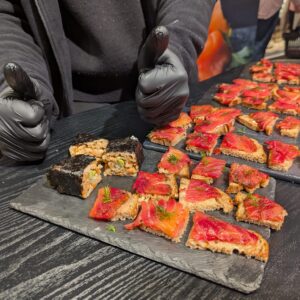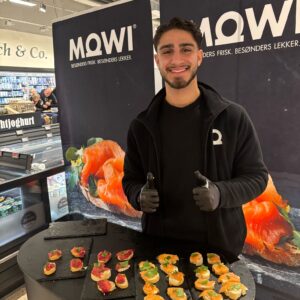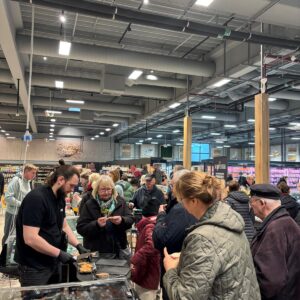In well-stocked supermarkets, they are a familiar sight: charming promoters standing behind beautifully arranged tasting stations, offering delicious samples to customers. But tastings are far more than just an add-on. When executed correctly, they become a highly effective marketing tool that increases brand awareness and positively influences purchasing decisions.
Unlike traditional advertising, where consumers receive only information about a product, tastings engage multiple senses. The direct tasting experience is one of the most persuasive marketing strategies. If a customer samples a product and enjoys it, they are much more likely to purchase it immediately—shortening the journey from trial to purchase.
Promoters play a key role in these tastings, not only answering questions but also sharing valuable brand insights. This builds trust and strengthens brand loyalty.
To ensure that a tasting event doesn’t just create a short-term sales boost but also has a lasting impact on brand perception, a few key factors should be considered:
- Target Audience Analysis: When and where is your target audience most receptive to a tasting? Consider the best time of day and the most effective days of the week.
- High-Quality Presentation: An eye-catching stand, well-trained promoters, and a welcoming atmosphere are essential.
- Multisensory Experience: Taste is crucial, but sight, smell, and touch also play a key role—creating a holistic experience that leaves a lasting impression.
- Follow-Up Marketing: Coupons, social media campaigns, or discounts can extend the impact of the tasting beyond the initial experience.
Tastings are one of the most powerful ways to boost brand awareness and drive purchase decisions in-store. By creating a direct sensory experience, they forge an emotional connection between the brand and the consumer—essential for long-term brand success.
For brands looking to introduce a new product or strengthen customer loyalty, incorporating tastings into their marketing strategy is a must.


